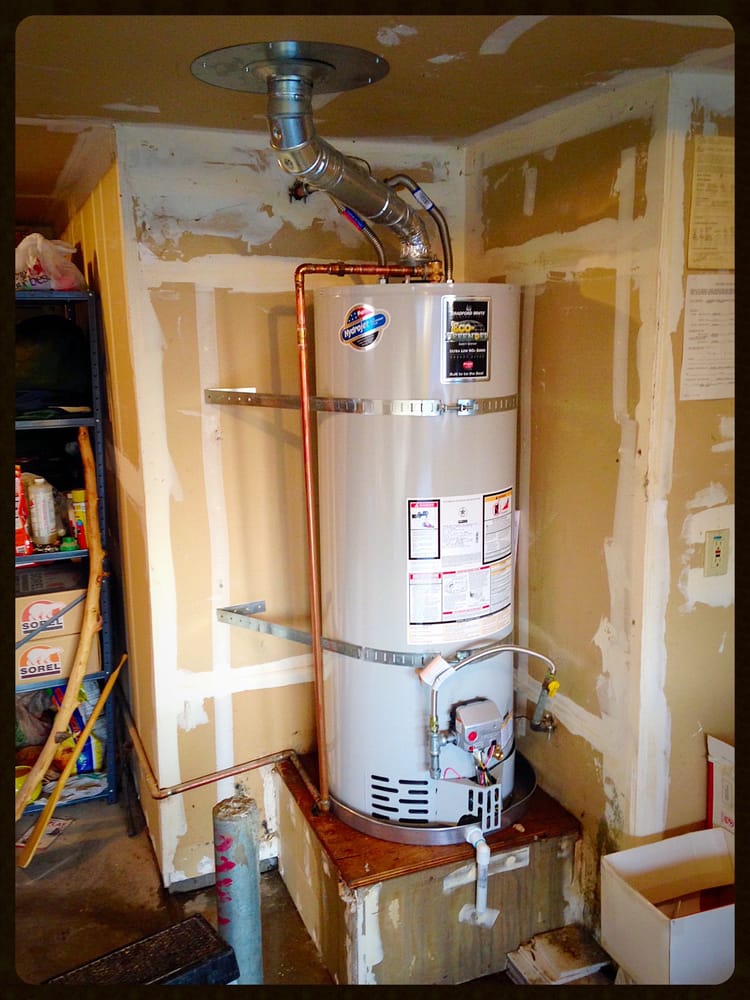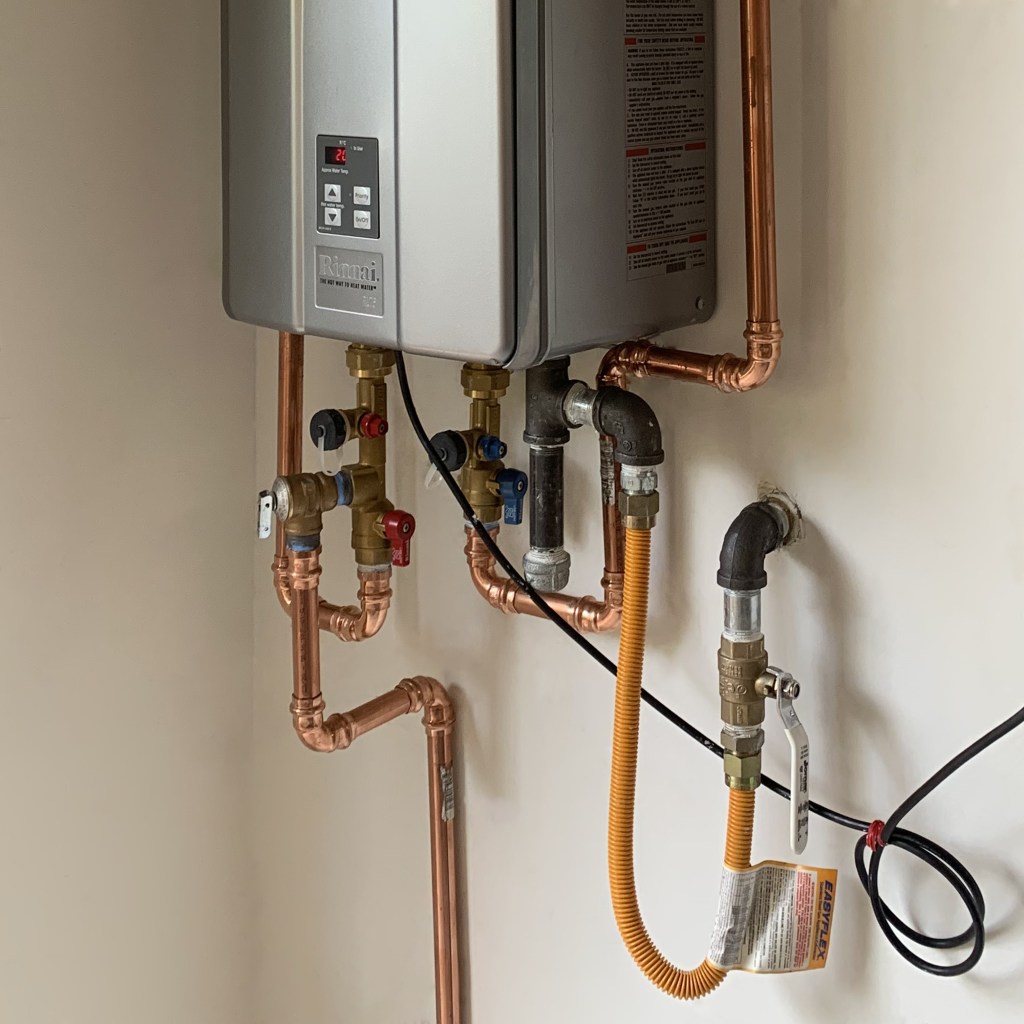Complete Guide to Water Heating UnitSetup and Replacement
Recognizing the ins and outs of hot water heater installation and substitute is crucial for property owners looking for to guarantee efficiency and reliability in their warm water supply. From picking the suitable type and size to performing a smooth setup procedure, several elements should be thought about to prevent typical challenges. This guide will certainly give you with the needed steps and understandings to navigate the complexities of this home renovation job, while likewise highlighting crucial maintenance practices that can prolong the life of your system. As you explore these elements, you might locate on your own reassessing your present setup and determining areas for improvement.
Kinds Of Hot Water Heater
When taking into consideration hot water heater installation and replacement, it is necessary to understand the various kinds of hot water heater available in the marketplace. One of the most usual kinds consist of storage tank water heating units, tankless water heating systems, heat pump water heating units, and solar hot water heater.
Storage tank water heating systems are typical systems that keep a specific quantity of warm water, making them readily offered when required. In contrast, tankless water heating units supply hot water on need, eliminating the demand for storage space.
Heatpump hot water heater use power to move warm from the air or ground to warm water, providing significant energy cost savings however calling for more room and particular installment problems. Solar water heaters harness solar energy to warmth water, giving a green option with prospective long-term cost savings, although they typically call for a back-up system for cloudy days.
Understanding these choices ensures educated decisions relating to setup and replacement, accommodating particular needs and preferences.
Choosing the Right Dimension
Picking the proper size for a hot water heater is important to guarantee ideal efficiency and effectiveness. A system that is as well little will have a hard time to fulfill home needs, resulting in inconsistent warm water accessibility and enhanced energy intake. Conversely, an oversized hot water heater can cause unnecessary power waste and greater utility bills.
To establish the right size, think about the house's height hot water use. This can be determined based upon the variety of owners and their normal warm water needs. As an example, a family of four may need a hot water heater with a capability of 50 to 80 gallons, depending on the usage patterns, such as synchronised showers and laundry.
In addition, analyze the recuperation price, which determines just how quickly a heating unit can replenish warm water after it has been used. For tankless models, concentrate on the circulation price, measured in gallons per min (GPM), to ensure it satisfies the home's synchronised demand.

Installment Process Overview

Next, the old unit must be detached and removed, making sure to adhere to local codes and guidelines relating to disposal. Once the old system is out, the brand-new water heater can be placed in position. This step includes connecting the water lines, ensuring that all installations are secure and leak-free.
After establishing water connections, it's essential to link the power supply, whether electric or gas, complying with the supplier's instructions carefully. As soon as all connections are made, the system must be loaded with water, and the power can be turned back on. Ultimately, it is necessary to look for leakages and make sure the water heating system is functioning correctly prior to completing the installment procedure.
Typical Installment Mistakes

Another frequent blunder is neglecting to comply with regional codes and laws. Falling short to abide by these requirements can not just bring about security dangers however may additionally result in expensive penalties or the requirement for expensive reinstallation. Additionally, incorrect airing vent is a vital problem. Insufficient ventilation can create unsafe gas build-up, presenting major health risks.
Stopping working to secure connections or using the incorrect type of fittings can lead to leaks and water damage. By avoiding these usual setup mistakes, homeowners can ensure their water heating unit operates securely and efficiently, maximizing efficiency and long life.
Maintenance Tips for Longevity
Correct upkeep my response of a water heating unit is vital for its longevity and optimum efficiency. Regular assessments and servicing can prevent expensive repairs and expand the appliance's life expectancy. Begin by checking the temperature setup; it must usually be established in between 120 ° F and 140 ° F for optimum power effectiveness and safety.
Every six months, flush the container to get rid of debris accumulation, which can harm home heating efficiency and trigger rust. To do this, shut off the heater, connect a tube to the drainpipe shutoff, and let the water run up until it is clear.
Anode rods ought to be checked yearly and changed when they are worn away. These poles help protect against container deterioration by attracting destructive elements in the water.
Furthermore, inspect the pressure safety valve frequently to ensure it is working correctly. This valve is essential for avoiding too much stress build-up within the storage tank.
Last but not least, think about arranging a specialist maintenance check every couple of years for extensive evaluations and servicing. By adhering to these upkeep pointers, home owners can substantially boost the performance, safety and security, and life expectancy of their water heating units, ensuring dependable warm water for many years to find.
Final Thought
In conclusion, appropriate setup and upkeep of water heating units are vital for ensuring performance and longevity (water heater installation). Picking the ideal type and size, sticking to setup standards, and staying clear of common mistakes substantially add to optimum efficiency. Normal upkeep checks and specialist servicing assistance receive performance and stop costly fixings. By comprehending these important aspects, house owners can attain a reliable warm water supply while decreasing prospective problems associated to water heating system operation.
Comprehending the complexities of water heating system setup and substitute is essential for homeowners looking for to make sure efficiency and integrity in their warm water supply.Tank water heating units are typical systems that store a particular volume of hot water, making them easily offered when needed. In contrast, tankless water heaters provide warm water on need, eliminating the need for storage. Choosing a water heating system that is either too little or as well big can lead to inadequacies, resulting in inadequate hot water supply or too much energy usage.
By recognizing these essential aspects, property owners can attain a trustworthy warm water supply while minimizing potential issues associated to water heater operation. pipe repair.